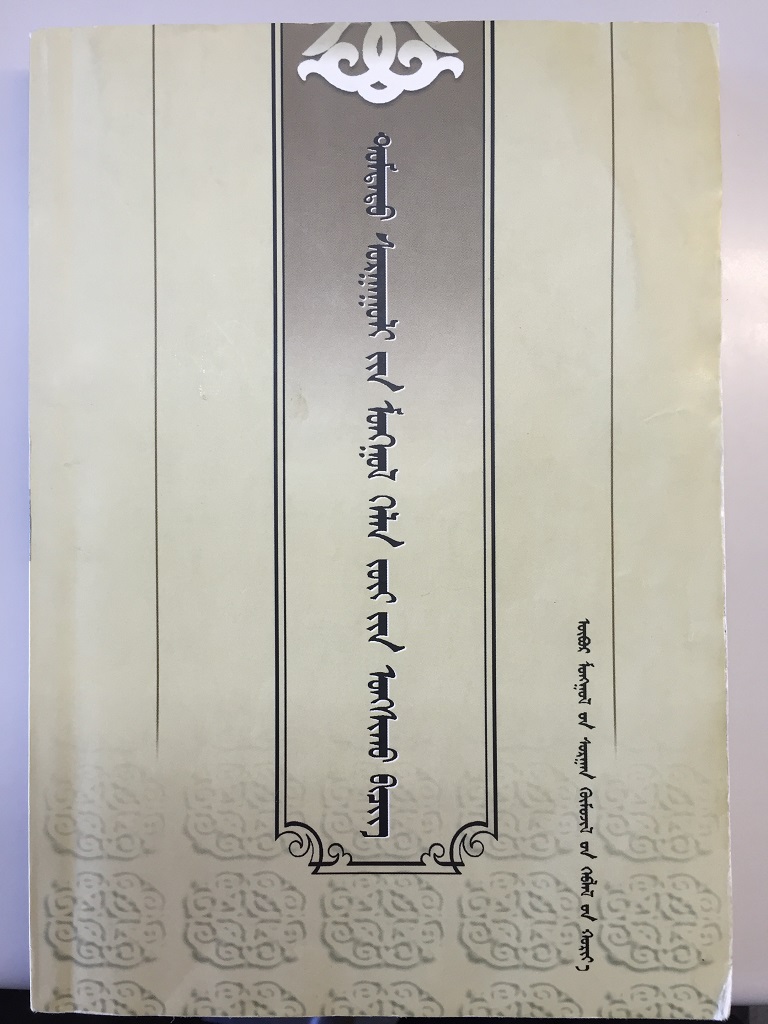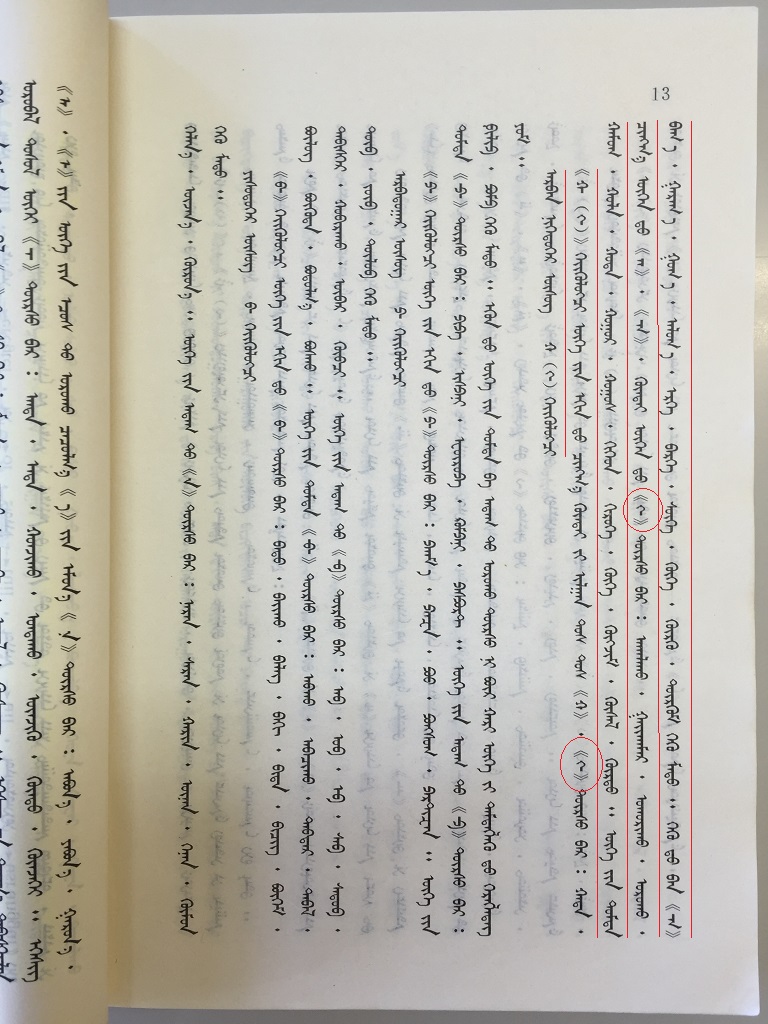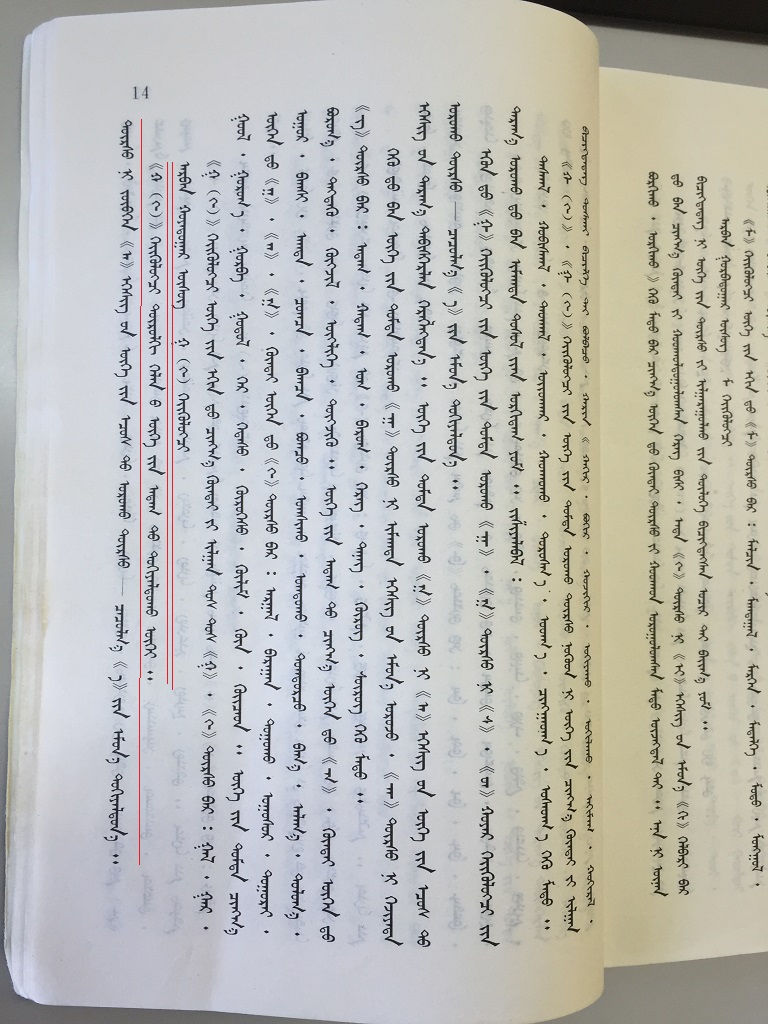- From: siqin <siqin@almas.co.jp>
- Date: Mon, 19 Oct 2015 10:42:31 +0900
- To: Greg Eck <greck@postone.net>, "public-i18n-mongolian@w3.org" <public-i18n-mongolian@w3.org>
- Message-ID: <56244A87.6000402@almas.co.jp>
Hi Greg, U+182C is same as U+182D. The only difference is U+182C no dots. Normally U+182C no final form. But I do not no experts what they are thinking. initial_middle_h01.jpg initial_middle_h02.jpg initial_middle_h03.jpg SiqinBilige. On 2015/10/17 0:45, Greg Eck wrote: > > Let’s break the question into two parts … > > *1.)**Do we have an attested Final U+182C? I understand that the > answer is no as it is ungrammatical. Would one ever be justified in > spelling a foreign word with a final U+182C? I am not sure, but it > would seem not so. Can we say, then, that our question does not > involve the U+182C Final?* > > 2.)If the above answer is “No, there is no attested form”, then we are > left with just the U+182C initial and medial feminine forms. On > October 9, I submitted a DS02 document which attempts to show all > possible mandatory ligature forms using the feminine loops. I argue > that since the feminine never actually appears on its own in running > script, that since it is rather the ligated form that only appears, > there is really no need to specify the initial/medial forms. The > isolate form allows us to talk about the glyph. No one commented on > the October 9 email, so I took that to mean that there was no problem > there and colored them green. *Can you present your argument for the > need to specify U+182C initial and medial feminine loop forms?* This > would mean that other developers should also state the need. *My > question is, “Does the glyph ever actually get painted to the screen?” > * If it does not get painted to the screen, then let’s not specify it. > > Greg > > ** > > >>>>> > > *Sent:*Friday, October 16, 2015 9:57 AM > *Subject:* Re: Summary of what we have covered ... > > > There is no initial,middle,(final) feminine H(182C) ? > http://r12a.github.io/scripts/mongolian/variants.html > 182C_initial_middle_feminine.jpg > SiqinBilige. > > >>>>> >
Attachments
- image/jpeg attachment: initial_middle_h01.jpg

- image/jpeg attachment: initial_middle_h02.jpg

- image/jpeg attachment: initial_middle_h03.jpg

Received on Monday, 19 October 2015 01:43:00 UTC